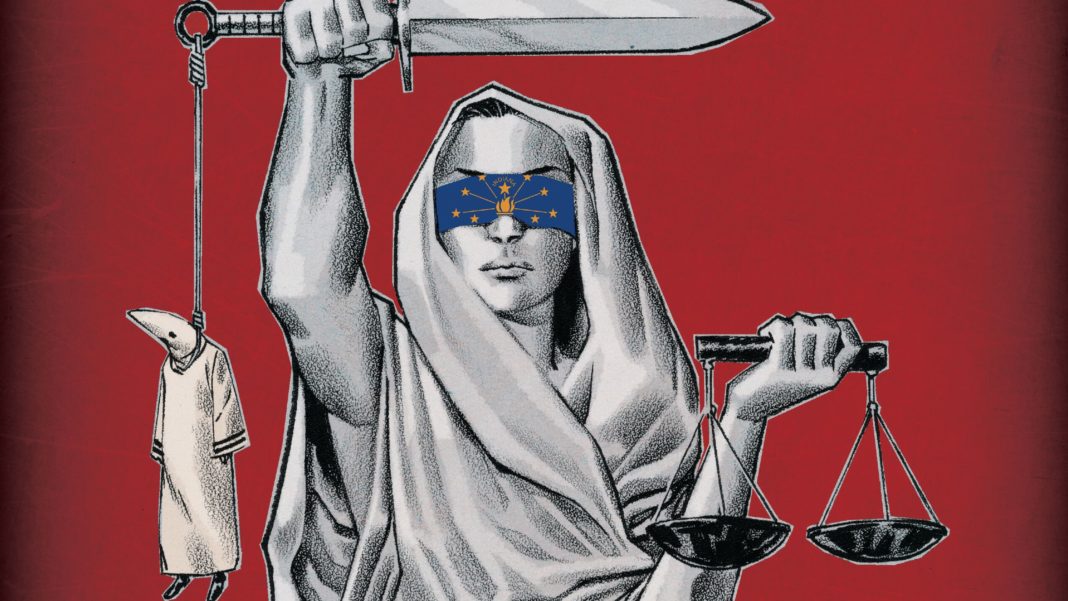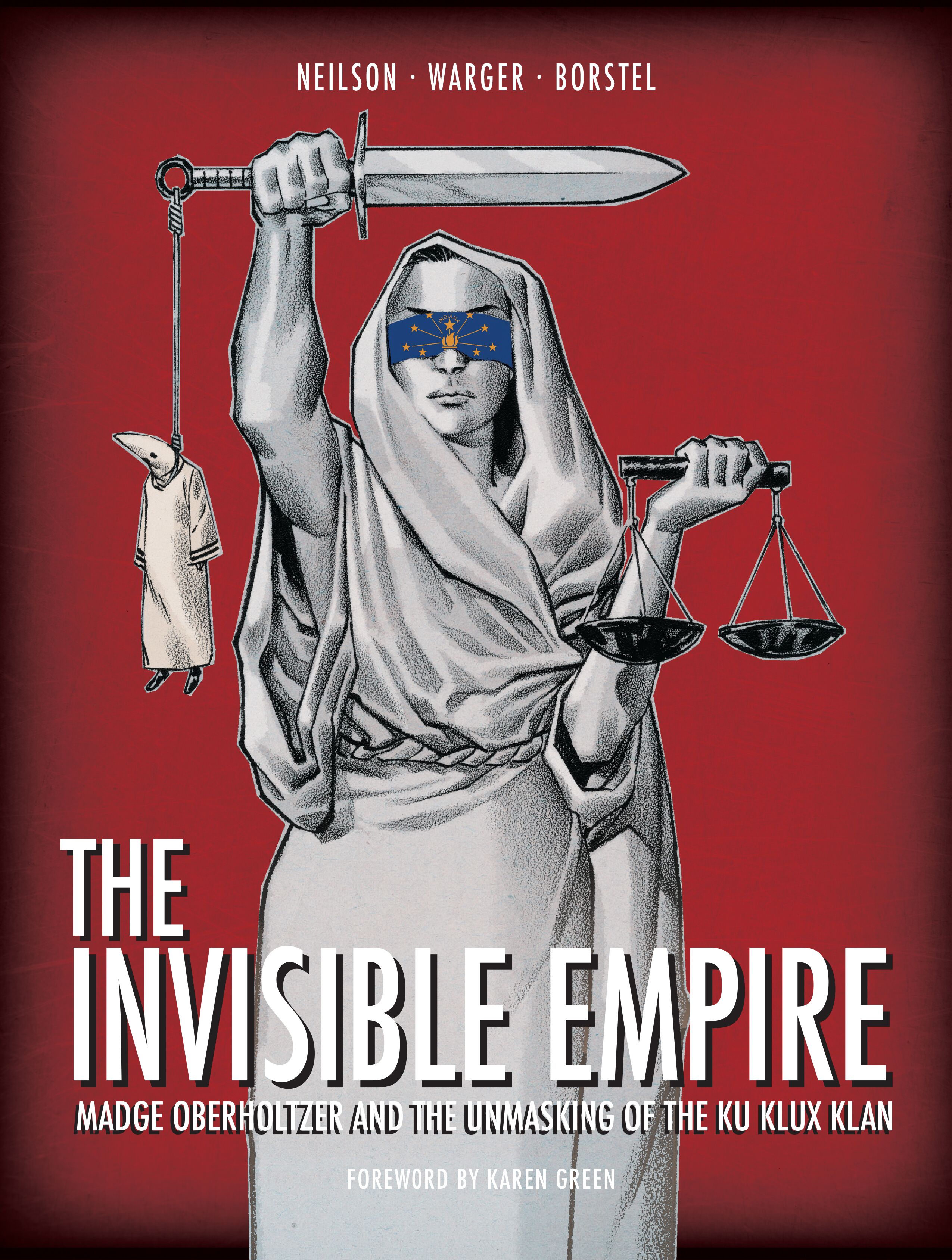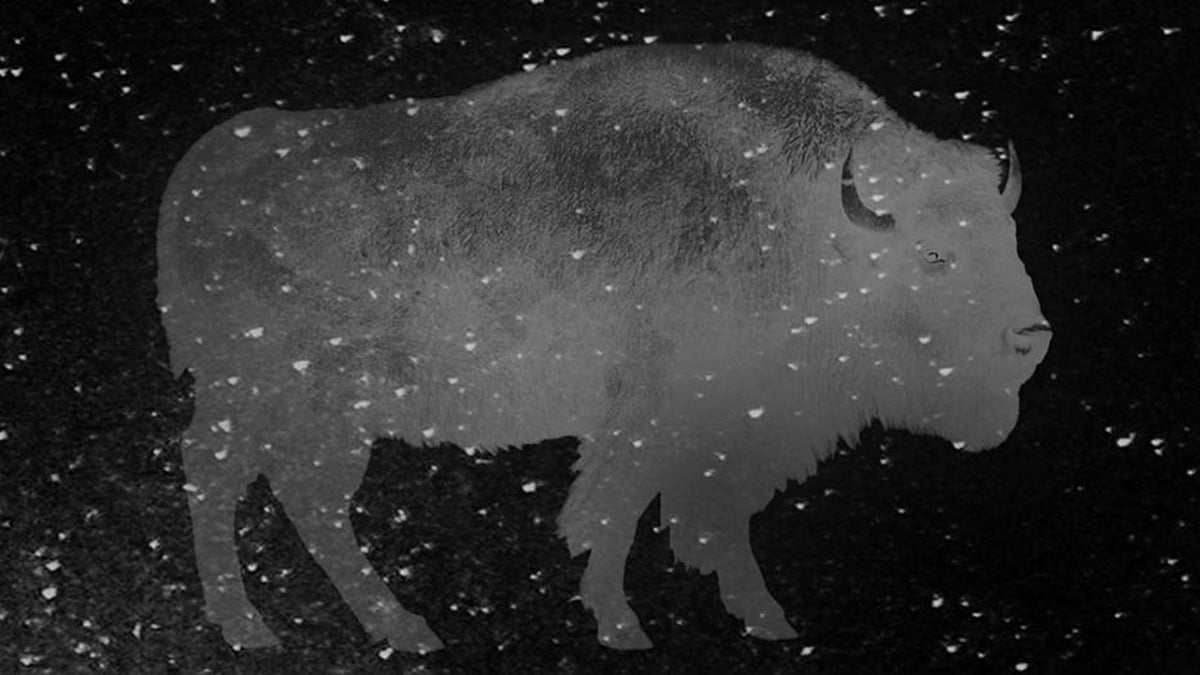Warning: The graphic novel discussed in this interview, The Invisible Empire, chronicles the kidnap, rape, and suicide of Madge Oberholtzer, who faced such violence at the hands of Indiana KKK Grand Dragon D. C. Stephenson that her story helped bring down the second iteration of the Klan after her death in 1925. If you intend to pick up the book, please proceed with caution.
Madge Oberholtzer was born November 11, 1896; she died April 14, 1925, as a result of injuries from violence at the hands of D. C. Stephenson and a dose of mercury chloride that she took while in captivity in order to end her life. Before she died, she provided a full statement, which changed everything. Though Obherholtzer’s story is not widely known in 2019, in 1925, what happened to her helped bring down that iteration of the Ku Klux Klan in Indiana.
To bring her story back into our cultural consciousness, Insight Comics has published the graphic novel The Invisible Kingdom, written by Micky Neilson and illustrated by Marc Borstel, with a forward by Columbia University Curator for Comics & Cartoons and Librarian for Ancient & Medieval History Karen Green.
Here’s the full synopsis for The Invisible Empire:
In 1925, the KKK in Indiana was at the height of its influence, with one third of the state’s population among its ranks. It was seen as a patriotic, pro-working class organization. However, the case of Madge Oberholtzer would change that forever.
Madge was a young, white, middle-class Indiana resident who worked for D.C. Stephenson, a powerful politician in Indiana and former KKK Grand Dragon who led a coup dividing the Northern Klan. On March 15th, Stephenson and his henchmen abducted Madge at gunpoint and forced her to accompany Stephenson on a private train to Chicago, where he would call himself the “law in Indiana” and proceed to brutally beat and victimize her.
Before succumbing to her injuries, Madge provided a full statement of her abuse at the hands of Stephenson which would expose the depths of Indiana’s political corruption and lay bare the true face of the Ku Klux Klan—a revelation that would have a ripple effect on America’s impression of the Klan from that day forward.
The Beat chatted with Karen Green about The Invisible Empire via e-mail, including its cultural connotations in the present sociopolitical climate in the U.S., why Oberholtzer’s story has largely been forgotten, and other comics that tackle the KKK and white supremacy.
Samantha Puc: How did you first get started in comics scholarship, and what are your focus areas?
Karen Green: I wouldn’t call myself a comics scholar. What I have done is written a monthly column for four and a half years (“Comic Adventures in Academia” at ComiXology), taught a class for six years on the elements of comics and how to read them, and written several forewords and introductions. I’m very interested in the ways in which comics can be used in higher education, and in training readers how to read comics for more than simply the plot.
Puc: What drew you to The Invisible Empire and how did you come to write the introduction?
Green: I was fortunate enough to get to know Insight’s Executive Editor, Mark Irwin, in January 2015, when I moderated a panel he was on at the Festival International de la Bande Dessinee, in Angouleme. He and I have seen each other at subsequent festivals, and stayed in touch, and he contacted me out of the blue to tell me about the book and ask if I’d be willing to write the introduction. The plot was instantly compelling—and very topical—and I agreed sight unseen.
Puc: Why do you think Madge Oberholtzer’s story isn’t very widely known?
Green: Well, it was widely known at the time! That’s what contributed to the downfall of the Klan. And it was written about in 1952, a made-for-TV movie that aired in 1989, which probably led to two more books about it in 1991. But we are a country with short memories.
Puc: What is it about the comic medium that makes telling stories like this so effective?
Green: I have to say I think the comics medium makes all story-telling more effective, personally. But I would add that the act of reading comics, in which the reader helps create the narrative with each bridging of two panels’ gutter, brings the reader into a book in a unique way. Perhaps that allows the reader to be more sympathetic to Madge and more horrified by Stephenson. But visuals are always going to be more effective than prose.
Puc: Can you speak to the impact of this graphic novel being released now, in the current
sociopolitical climate in the US?
Green: As I note in the introduction, the Klan has been defeated and reborn more than once in its history. As we’re seeing a resurgence in the kind of hatred and bigotry the KKK is known for, not only does this story resonate, but it offers hope that defeat can come once more.
Puc: If readers are interested in learning more about Madge Oberholtzer, do you have
recommendations for where they can turn?
Green: I found this book useful:
Lutholtz, M. William. Grand Dragon: D.C. Stephenson and the Ku Klux
Klan in Indiana. Purdue University Press, 1991.
There’s also that TV movie, Cross of Fire (1989), with John Heard and Mel Harris. I’m not sure how easy that would be to find, though.
Puc: What about historical comics that deal with similar subject matter?
Green: Not a lot that take on the Klan, specifically. There’s a French comic called Amerikkka, by Roger Martin and Nicolas Otéro, and a book about Superman Versus the Klan, by Rick Bowers, from a few years back (“Superman versus the Ku Klux Klan: the true story of how the iconic superhero battled the men of hate.” National Geographic, 2012). The French actually have several comics taking a hard look at racism, such as Floc’h’s Emmett Till: derniers jours d’une courte vie, Sarbacane, 2015. Taking a more metaphorical approach is David Walker’s and Sanford Greene’s Bitter Root, Image, 2019.
Puc: Can you talk about other projects you are working on currently?
Green: As I said, I’m not a scholar, so I don’t have projects per se. As a curator, my projects are generally to bring in new collections, and I can’t talk about those while they’re in development!
Puc: Is there anything else you’d like to add?
Green: Read The invisible Empire! You won’t regret it. It’s such a powerful story.
The Invisible Kingdom is available now; you can purchase a hardcover copy directly through Insight Comics at a list price of $24.99.








